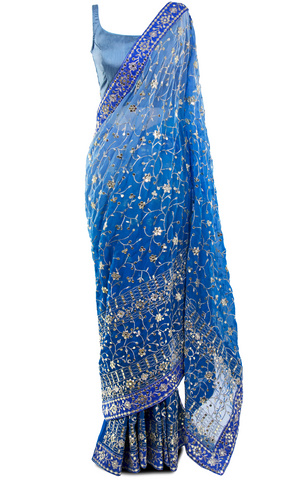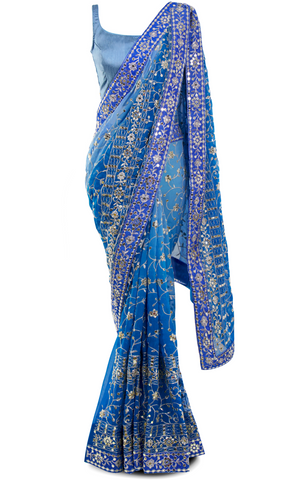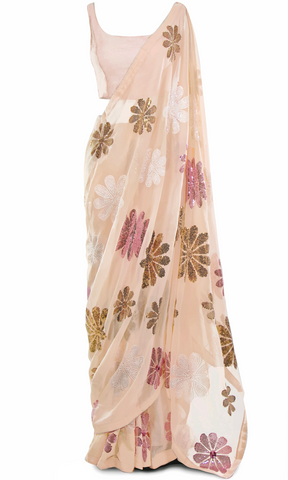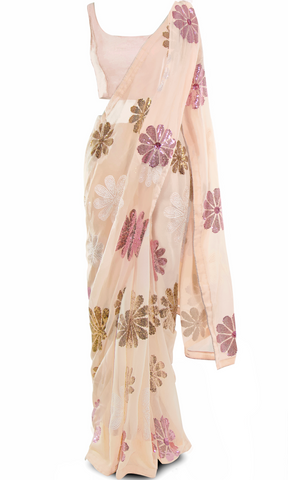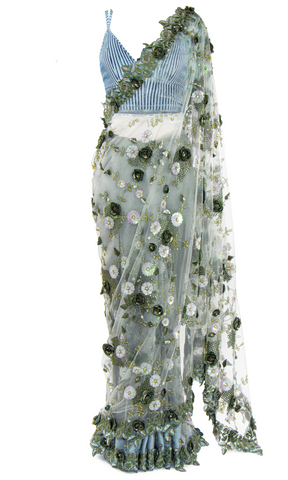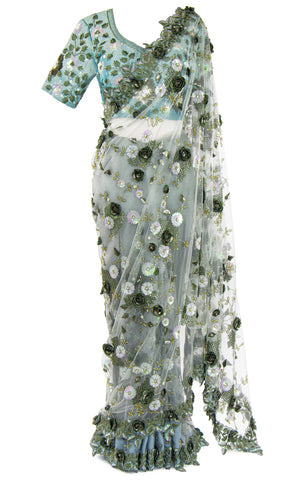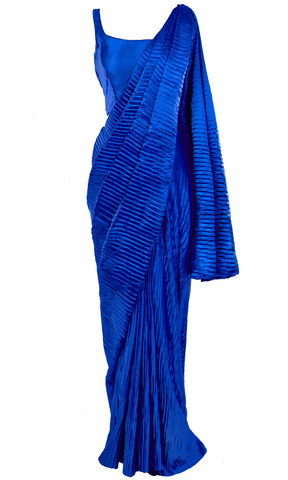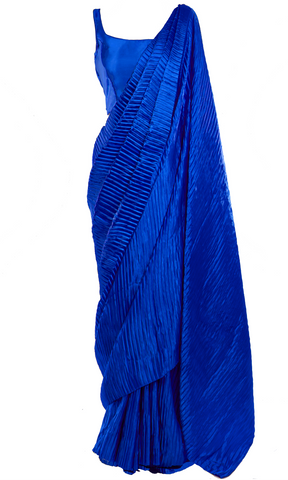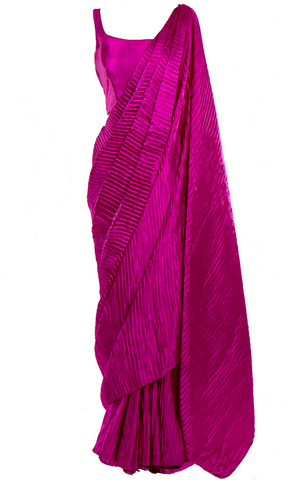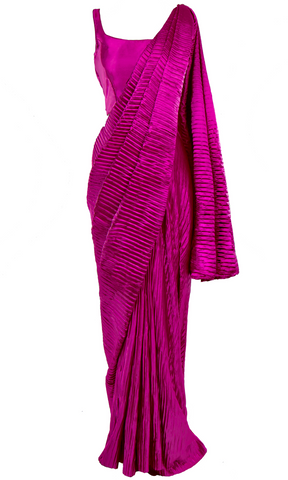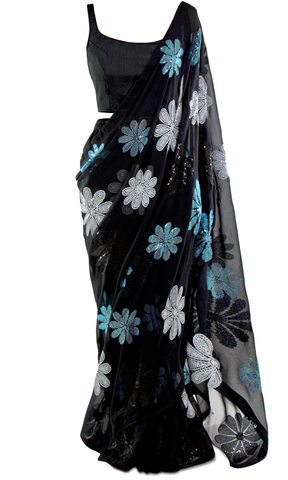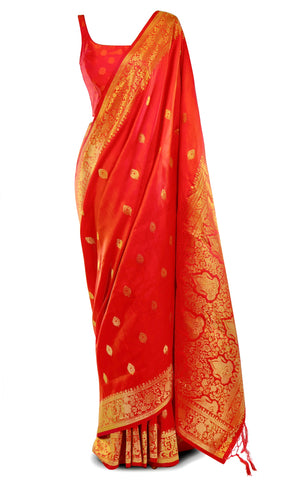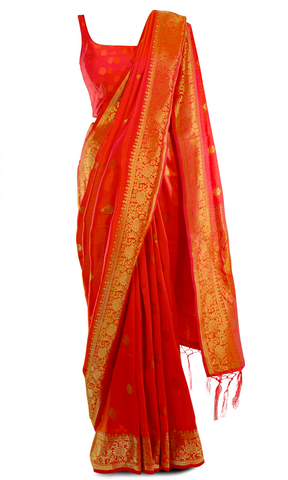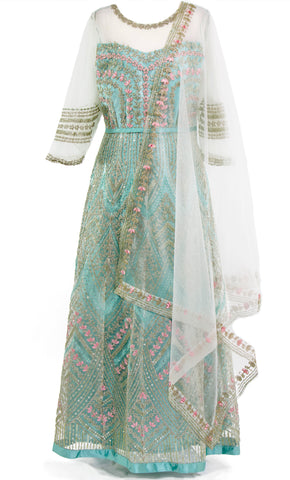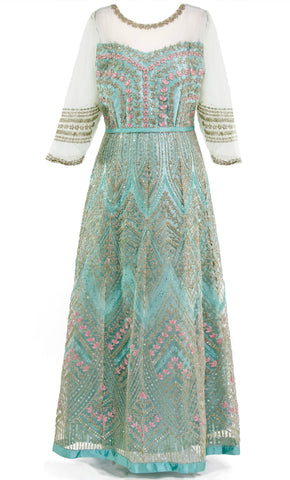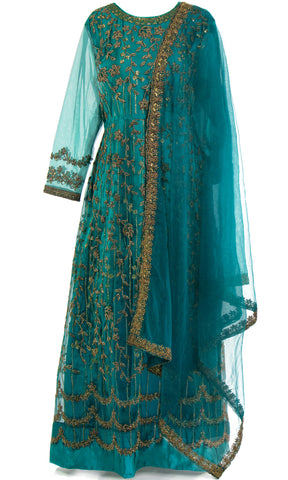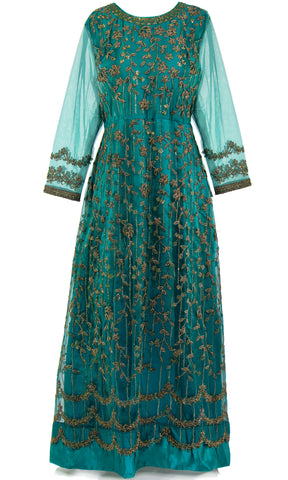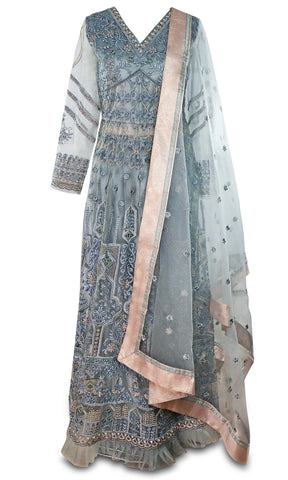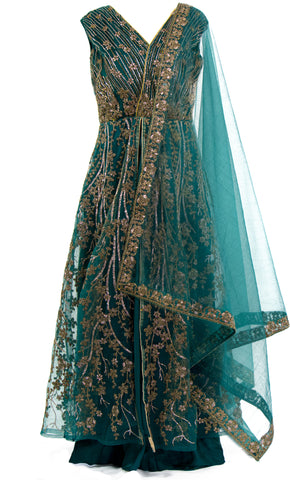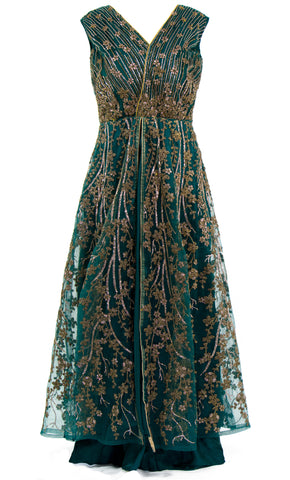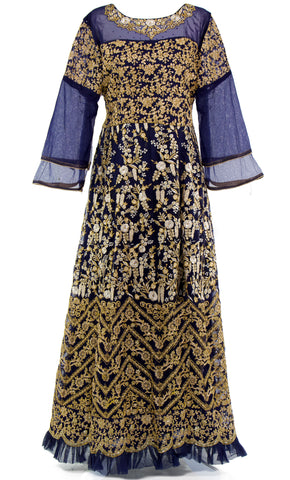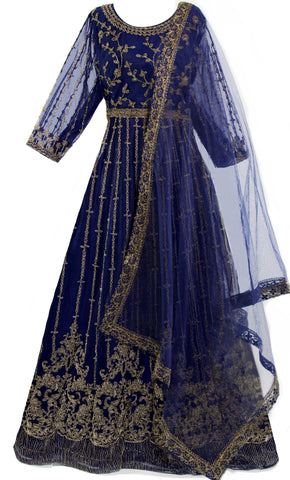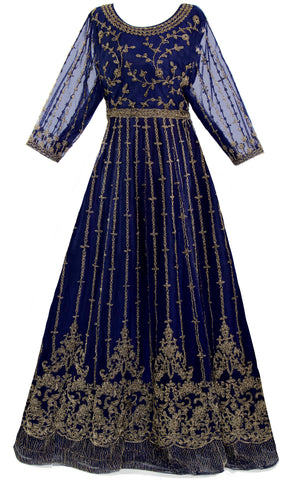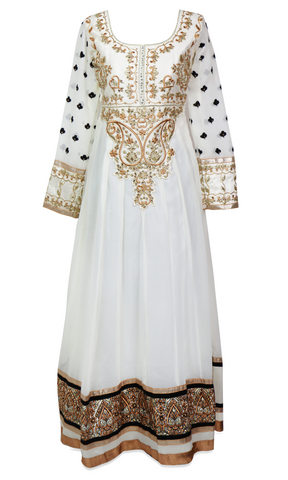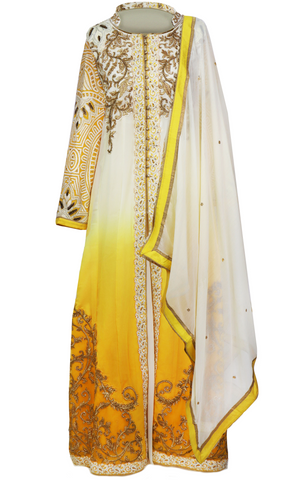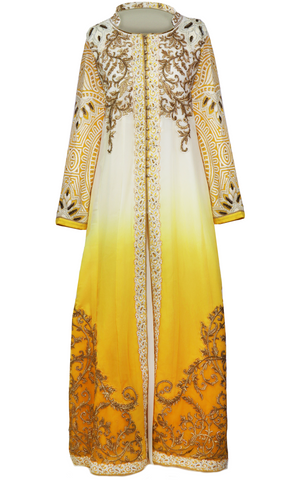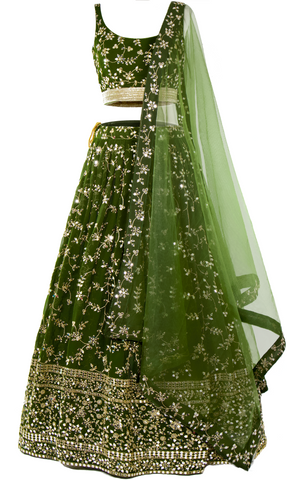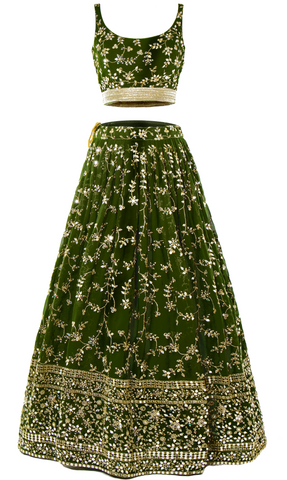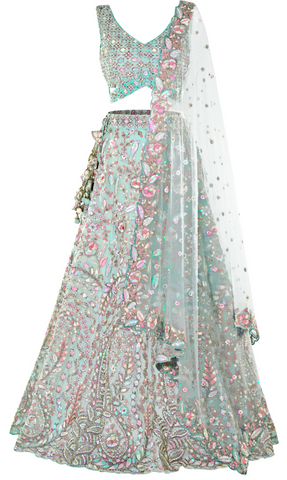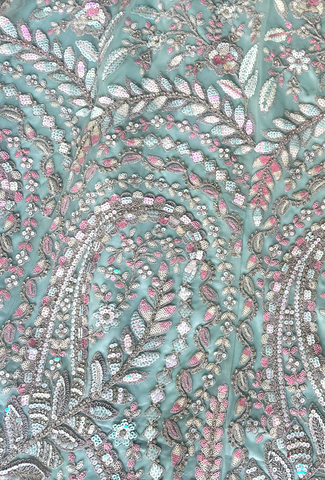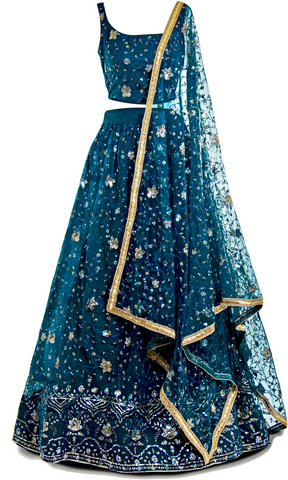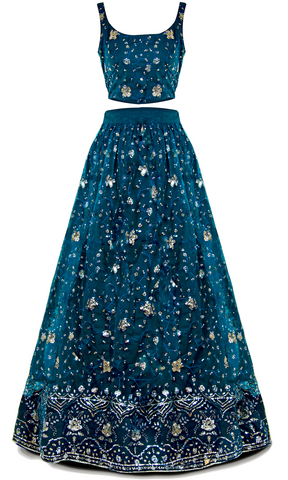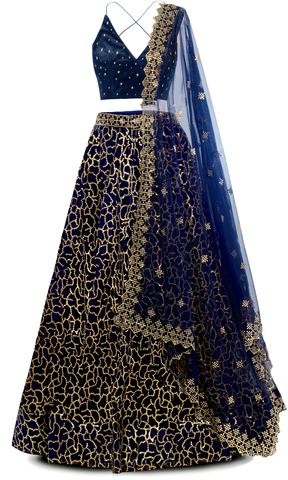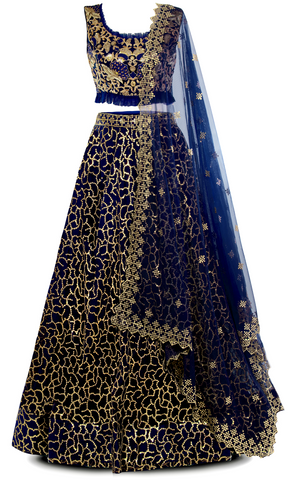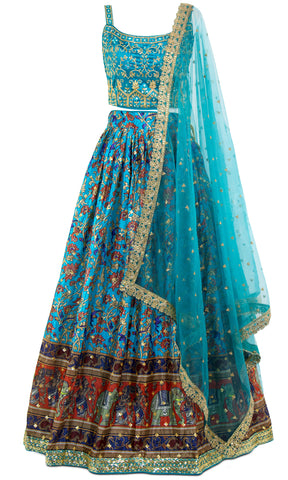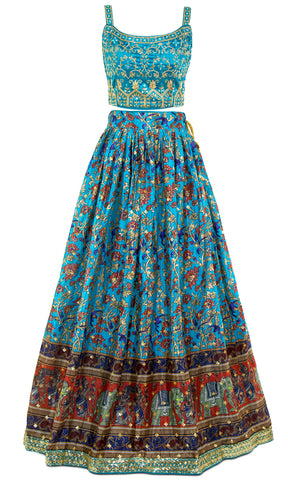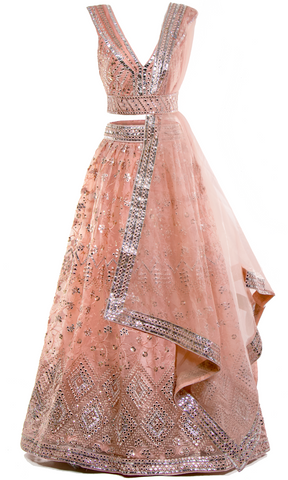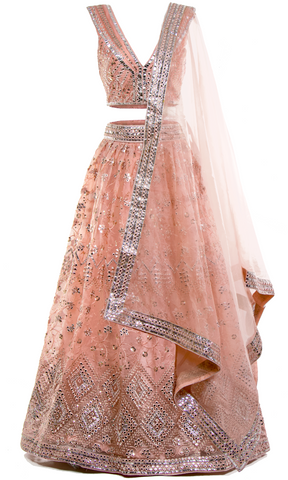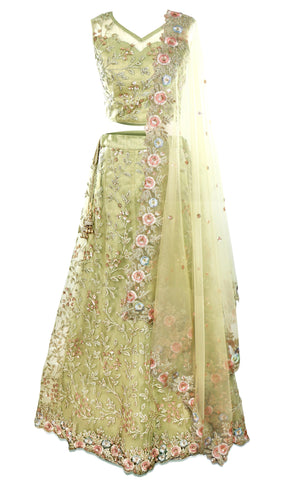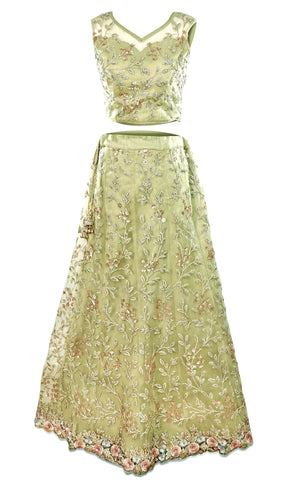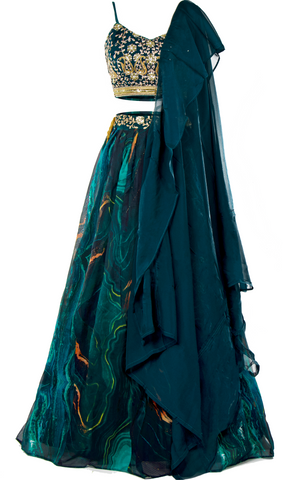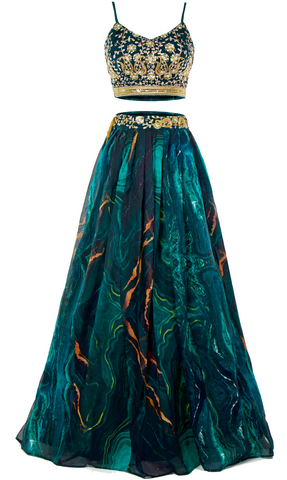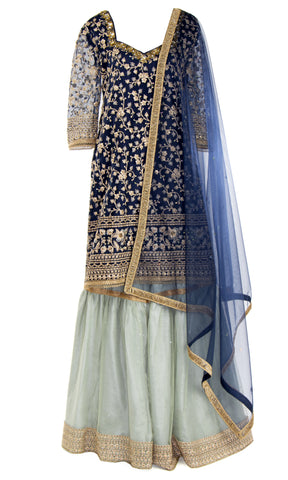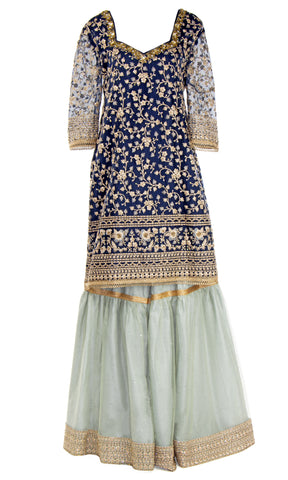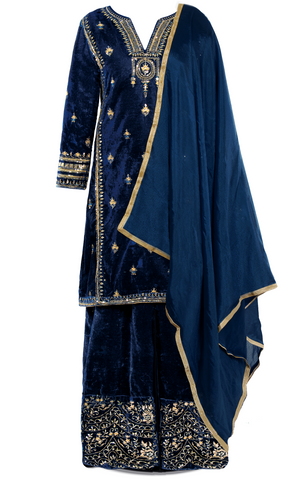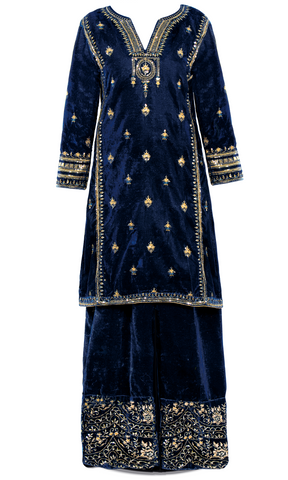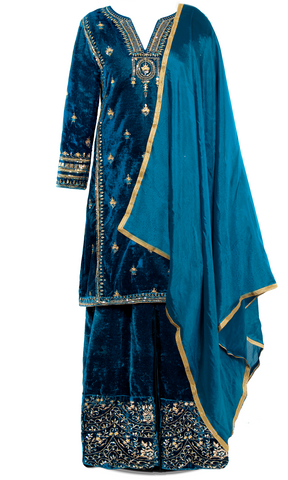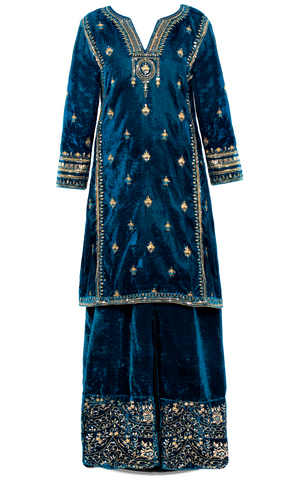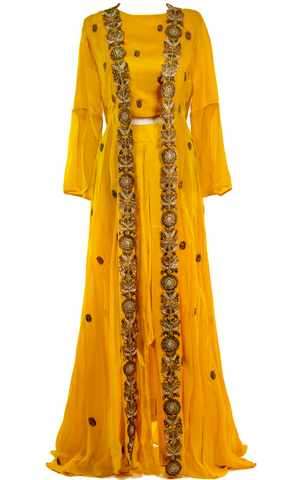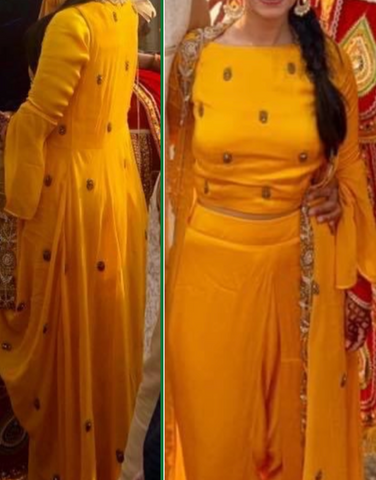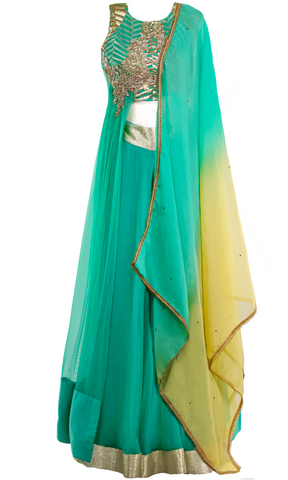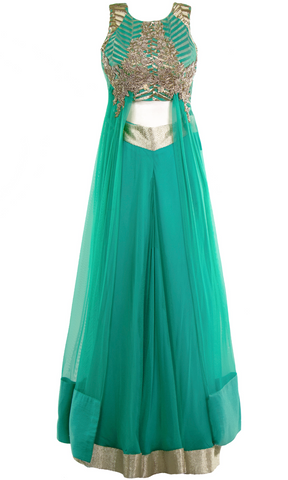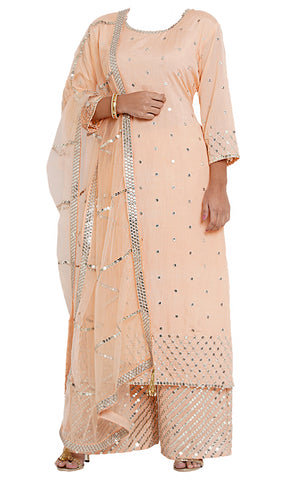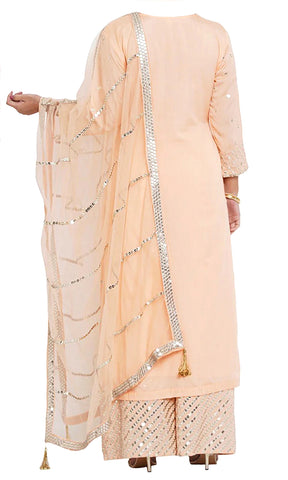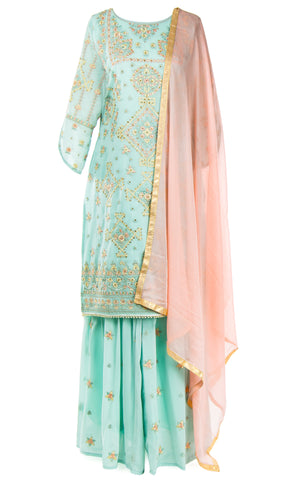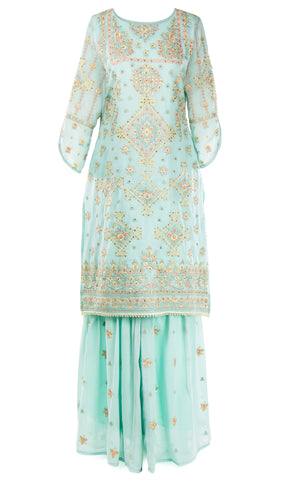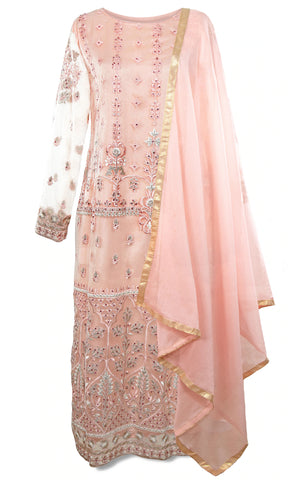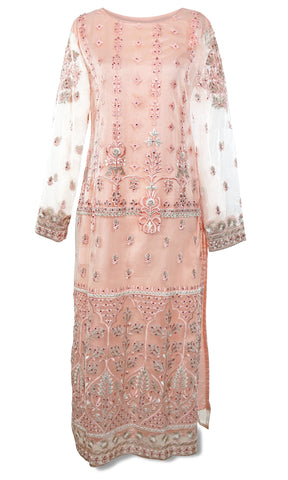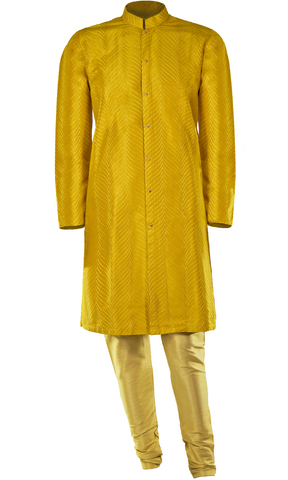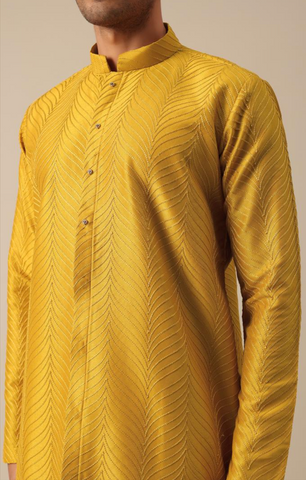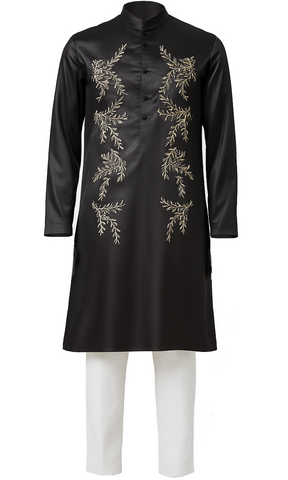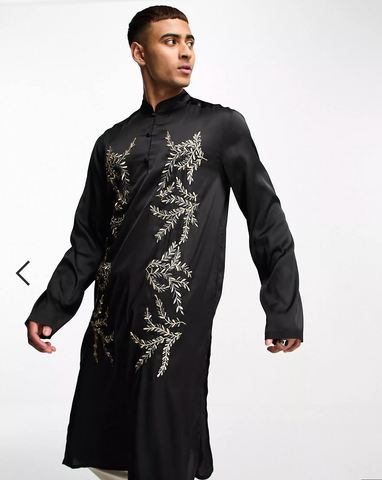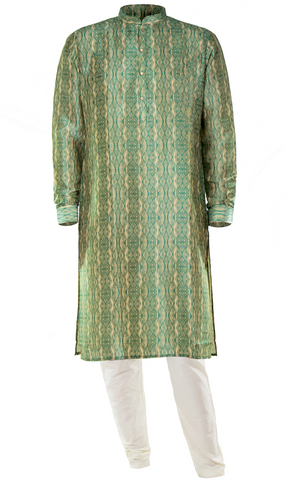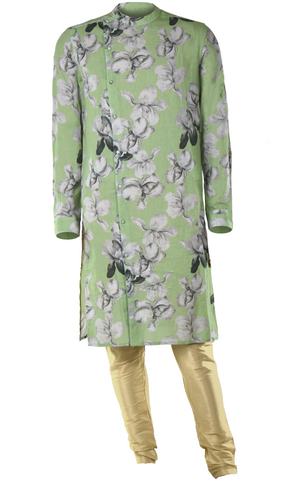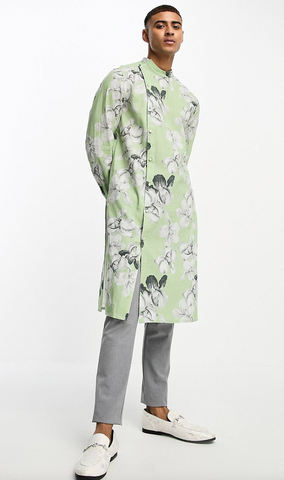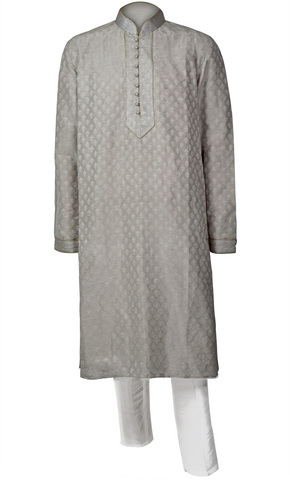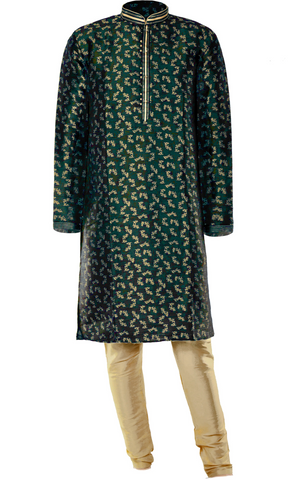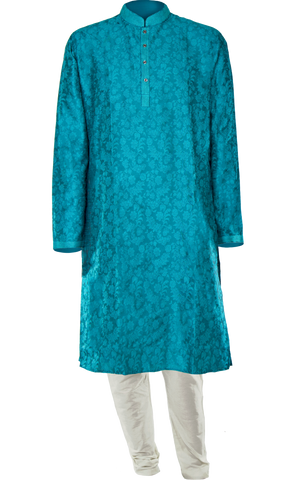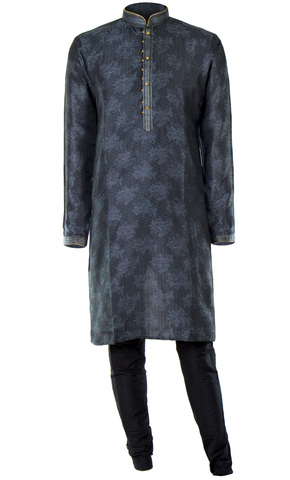Indian Weddings 101
I’m sure you’ve heard that Indian weddings don’t just last for one day! Depending on the cultural background of the bride and groom and the traditions they want to honor, the wedding can be up to a weeklong. That many days means multiple outfit changes. If you’re not familiar with Indian weddings, just thinking about what to wear can be confusing, if not intimidating. But don’t worry, All Borrow has your back! Every Indian wedding includes the following events:
The Sangeet:
The Sangeet, translated to “sung together”, started as an event that was traditionally only attended by the ladies. In today’s world, the Sangeet functions as the kickoff party to set the wedding festivities in motion. Many traditions are incorporated into the Sangeet, but the main ones include:
- Choreographed dances are performed by relatives and friends of the bride and groom.
- Songs with a focal point on the bride, joke about the in-laws, and what a successful marriage looks like are sung in unison by the elder female members of the family
- The family is welcomed in with a special entrance to the bass-like beat of the Dhol, an instrument like a drum.
When dressing for a Sangeet, you want to wear something you can get down in! Bright colors are also encouraged as a sign of prosperity. A Saree is one of our favorites for this occasion as they often come in bright, luxurious fabrics. Nothing says “I’m ready to celebrate” like a gorgeous Saree! What’s even better is that our Sarees come pre-pleated, so you spend less time getting ready and more time having fun. For the Sangeet we recommend the following outfit types:
- Sarees
- Sharara sets
- Anarkali suits
- Lehengas
- Jacket sets
The Mehndi:
The Mehndi ceremony is a pre-wedding event for the bride and her closest female friends and relatives. The Mehndi ceremony is when henna comes into play in Hindu, Sikh, and Muslim weddings. The henna is applied to the hands, forearms and feet of the bride to be as well as on the hands of the women in attendance. While the groom does not get henna himself, women on the groom’s side will host a Mehndi and have a professional henna artist come to beautify the hands of his sisters, aunts, and female friends. The intricate designs of the henna paste are kept on the hands for hours before being washed off to ensure that the pigment transfers onto the skin. Superstition says that the darker the henna, the more the bride will be loved by her soon to be mother-in-law! This ceremony is meant to be fun, colorful, and filled with food and music.
To dress for a Mehndi ceremony, think Springtime and incorporate any or all the following:
- Pastel hues
- Floral print
- Bright colors such as green, orange, pink and yellow
- Lots of jewelry and bangles
The Ceremony:
The ceremony occurs on the actual wedding day and usually starts before noon. Whether the couple decides to get married in a religious place of worship or bring their holy scripture to an outdoor set up, you can expect to see the bride in her most decked out outfit thus far. Traditionally, the groom’s family would travel from out of town to marry their son and bring back the bride. Because of this, the groom and his side, known as the Baraat, make a grand entrance to the wedding ceremony with a Dhol and sometimes even a white horse carrying the groom. The intricacies of the remainder of the ceremony will differ depending on the religious background of the bride and groom.
As a guest, it is a cardinal sin to wear red on the day of the ceremony. In the same way that white is the color reserved for American brides, red is the color reserved for Indian brides. Your Indian bride might not even wear red, but it’s best to avoid a red outfit for this event. You should also avoid black. Don’t forget to bring your A game with accessories and jewelry though!
Since the ceremony is the event that often has the most religion incorporated into it, we suggest being mindful and avoid showing too much skin. Don’t go for anything too backless or a lehenga with too cropped of a top. If attending a Sikh ceremony, your outfit should have a dupatta to cover your head with. A safe ceremony outfit would be:
- Saree
- Lehenga with a conservative top
- Salwar Kameez
- Anarkali Dress/Suit
The Reception:
The reception following the wedding ceremony can be held on the same day as the ceremony or a day after. Either way, an outfit change is expected by the bride and groom and most guests. The reception celebrates the now married couple and incorporates an endless amount of food, traditional and western music, and hours of dancing. You can even expect to see an elaborate performance from paid performers.
The reception is where you can go all out with your entire look! Showing skin with a halter top, low back outfit, or a more risqué lehenga that reveals your abs is acceptable. However, keep in mind that legs and too much cleavage are still discouraged. Because this is the last event and the final party to wrap up the days of wedding festivities, we recommend wearing whatever you feel the best in and can celebrate in! With All Borrow, you can find all these outfit suggestions easily, sustainably, and affordably. Let us at All Borrow help you get dressed for your Indian event.
Want help on all the different types of Indian clothing? Read along here!
Want to learn why renting Indian clothing is a better option than buying? Then read here!
Want to learn what is an acceptable attire for different types of Indian weddings? Then read here!

